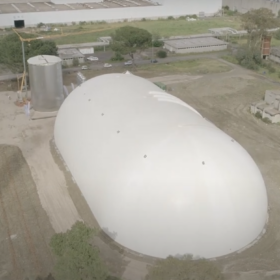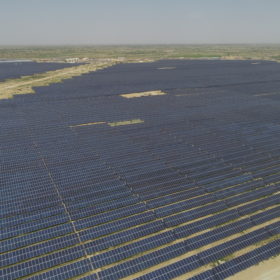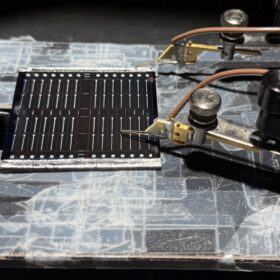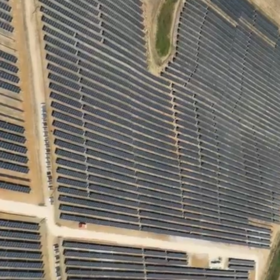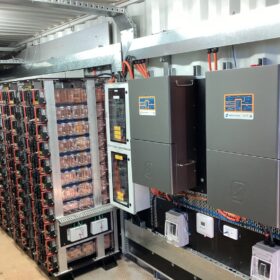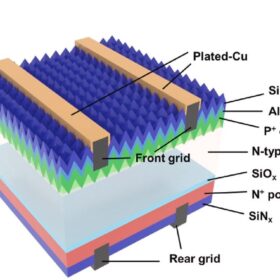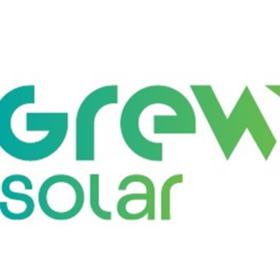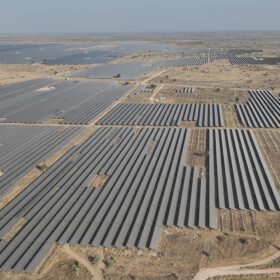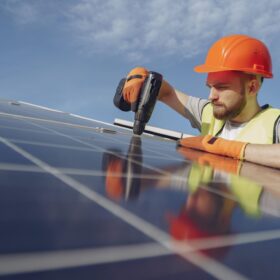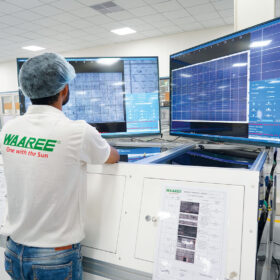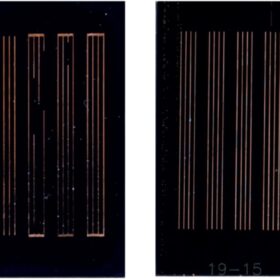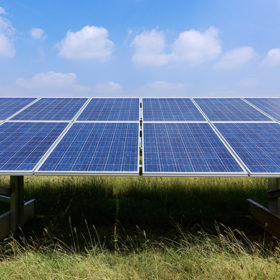NTPC rolls out CO2 battery storage project at Kudgi thermal power station
NTPC Ltd, in partnership with Triveni Turbine and Italy’s CO2 battery technology company Energy Dome, will set up a 160 MWh CO2 battery project at its Kudgi super thermal power station in Karnataka.
Acme Solar Q3 net profit 152% up YoY
Acme Solar has reported consolidated revenue of INR 401 crore and consolidated net profit of INR 112 crore for the quarter ended Dec. 31, 2024.
Australian researchers set world record with kesterite solar cell
University of New South Wales (UNSW) researchers have set a new energy efficiency record for kesterite solar cells, a technology with potential to enhance silicon-based PV systems.
Enfinity Global secures connectivity for 2 GW of solar and wind projects in India
Enfinity Global has secured connectivity for 2 GW of utility-scale solar PV and wind projects in Rajasthan, Uttar Pradesh, Maharashtra, and Karnataka
Australian manufacturer bets on lithium-titanium-oxide batteries
Zenaji, an Australian manufacturer of lithium-titanium-oxide (LTO) batteries, says the LTO market will hit $5.8 billion by 2032, growing at a 12.6% annual rate. It claims that its Eternity battery system is poised to capitalize on the trend.
Avaada Group commits INR 20,700-crore renewables, storage investment in Odisha
Avaada Group has committed INR 20,700 crore for setting up 1.5 GW of floating solar projects, two 1 GW pumped storage projects, and green energy equipment manufacturing units in the Indian state of Odisha.
Reducing TOPCon solar cell degradation via copper plating
Researchers at the University of New South Wales have used a 1 µm copper plating layer on the front silver grid of a TOPCon solar cell to create a protective barrier that reportedly reduces corrosion susceptibility. The cell showed significantly lower contaminant-induced degradation that unprotected reference devices.
Grew Energy splits solar manufacturing, EPC solutions into separate units
Grew Energy has announced focused divisions for solar PV module and cell manufacturing, and engineering, procurement, and construction projects.
Acme Solar secures PPA with NHPC for 680 MW renewables storage project
Acme Solar has secured a power purchase agreement (PPA) with state-owned NHPC Ltd for a firm and dispatchable renewable energy (FDRE) project of 680 MW capacity.
U.S. solar installations to drop 30% in 2025, said EIA
After a record 37 GW of new solar added in 2024, the Energy Information Administration expects 26 GW in 2025 – and even less in 2026.
